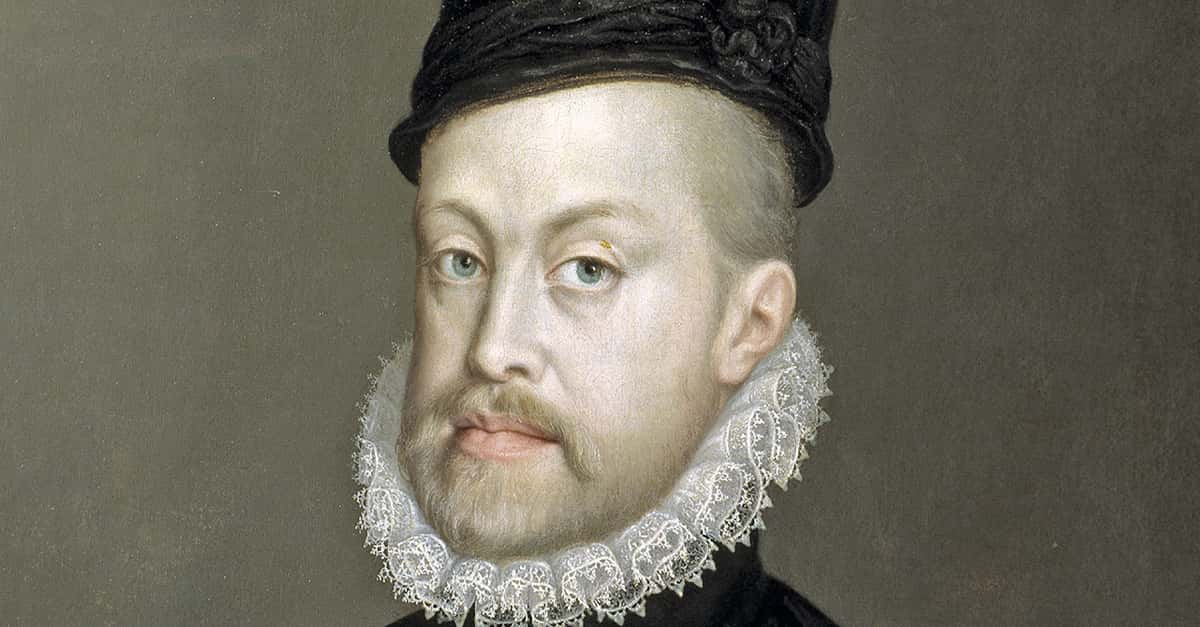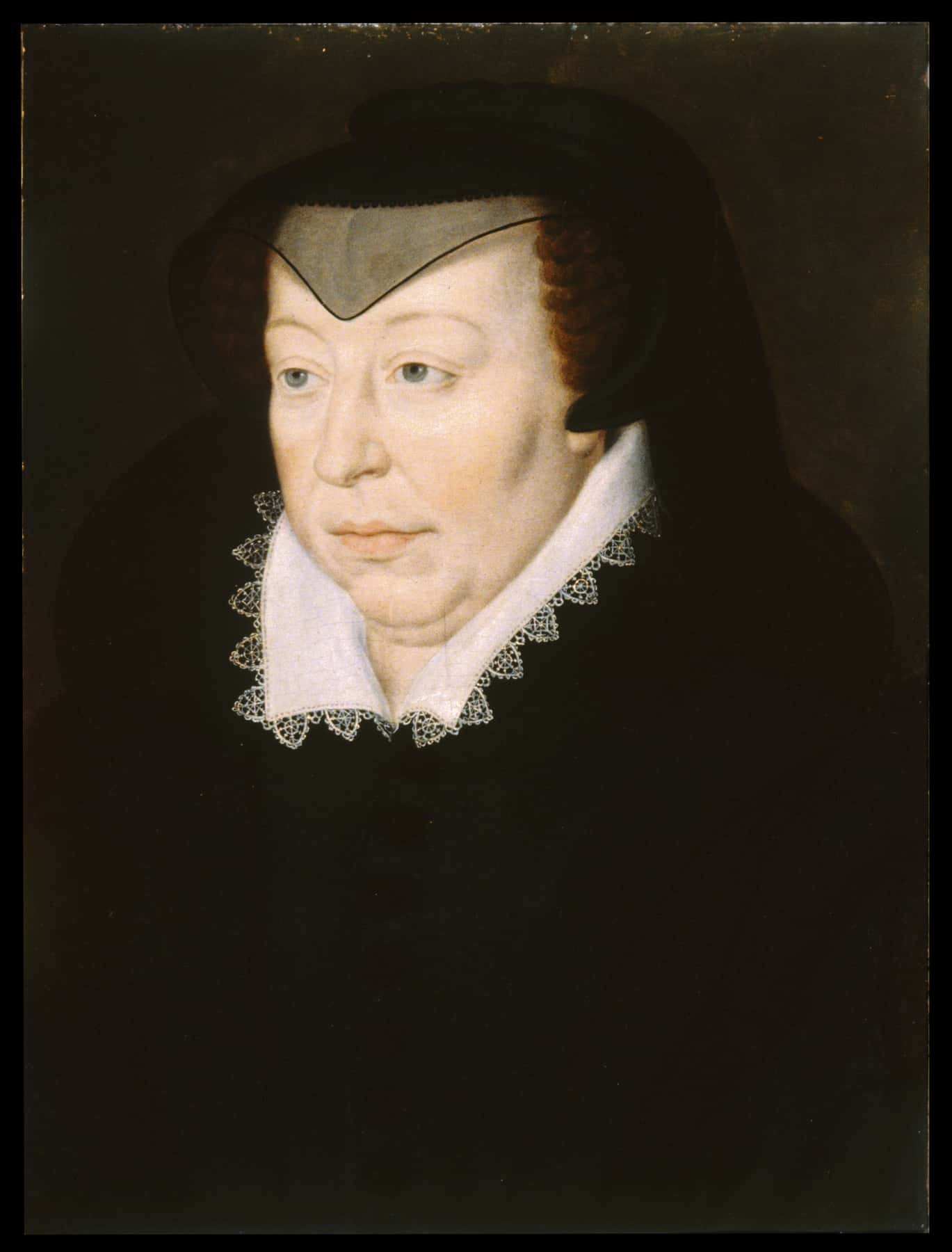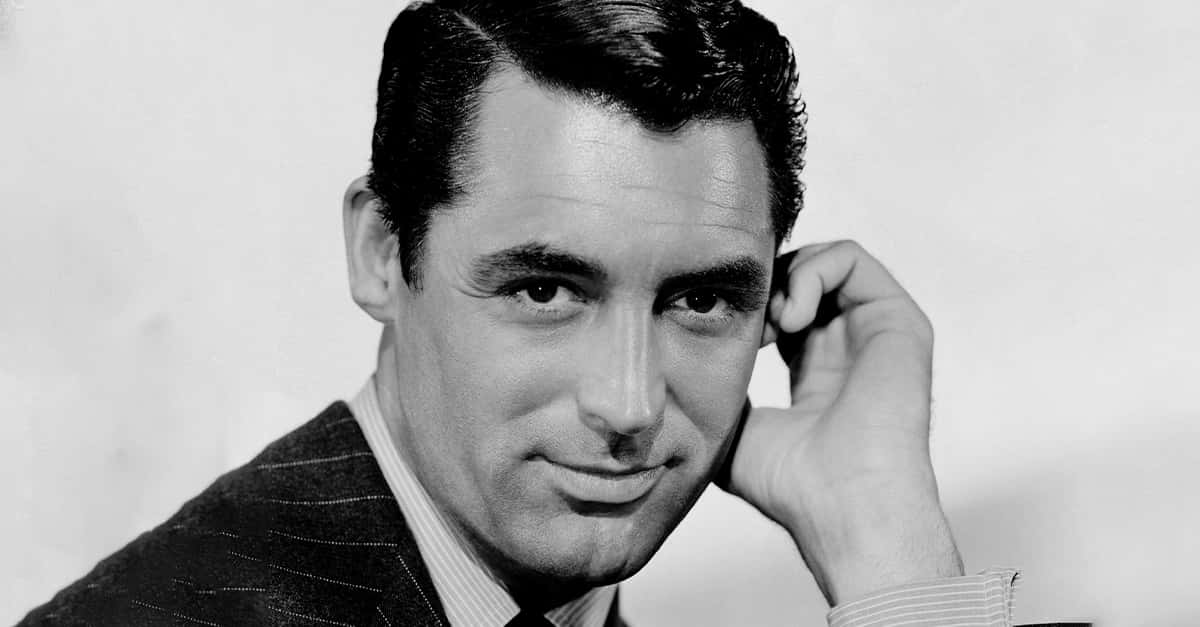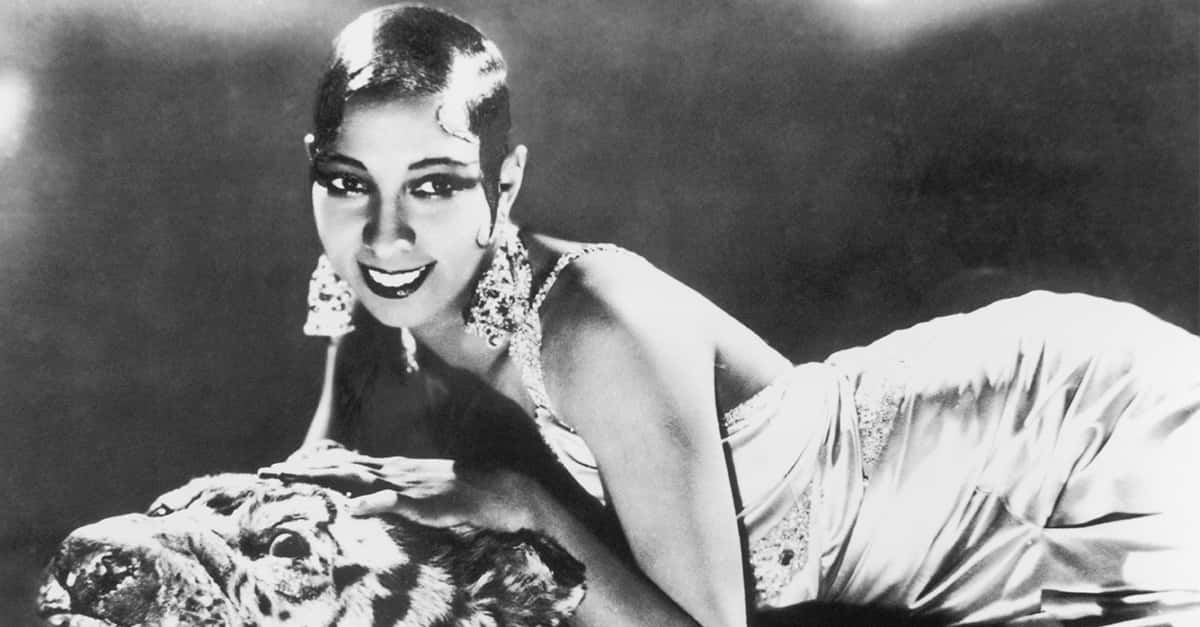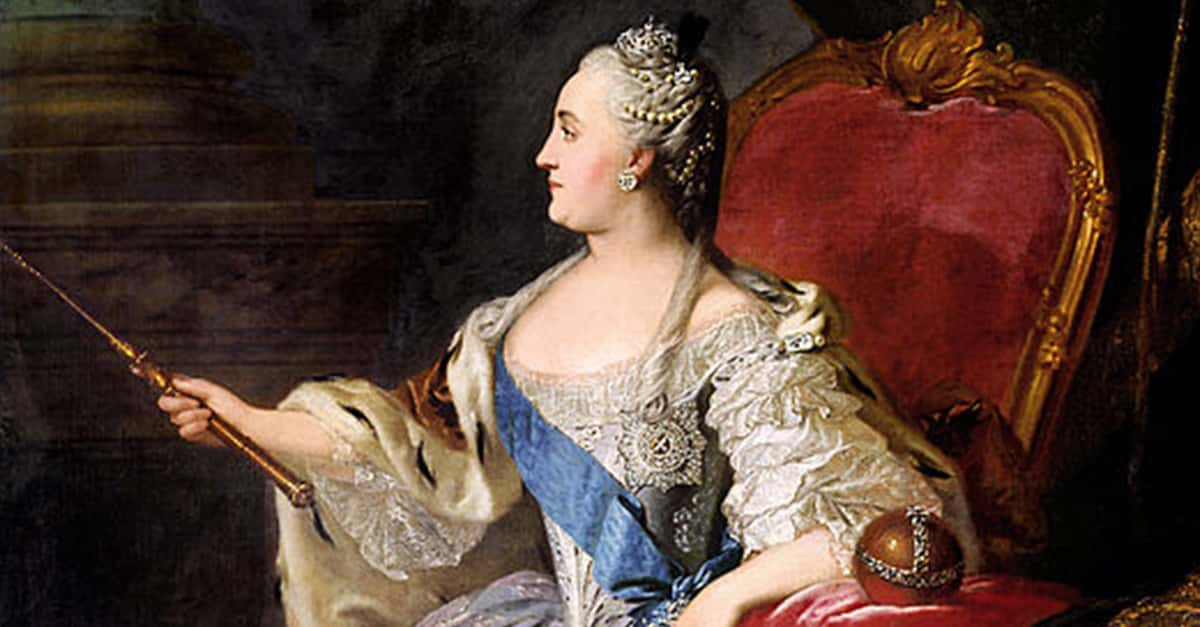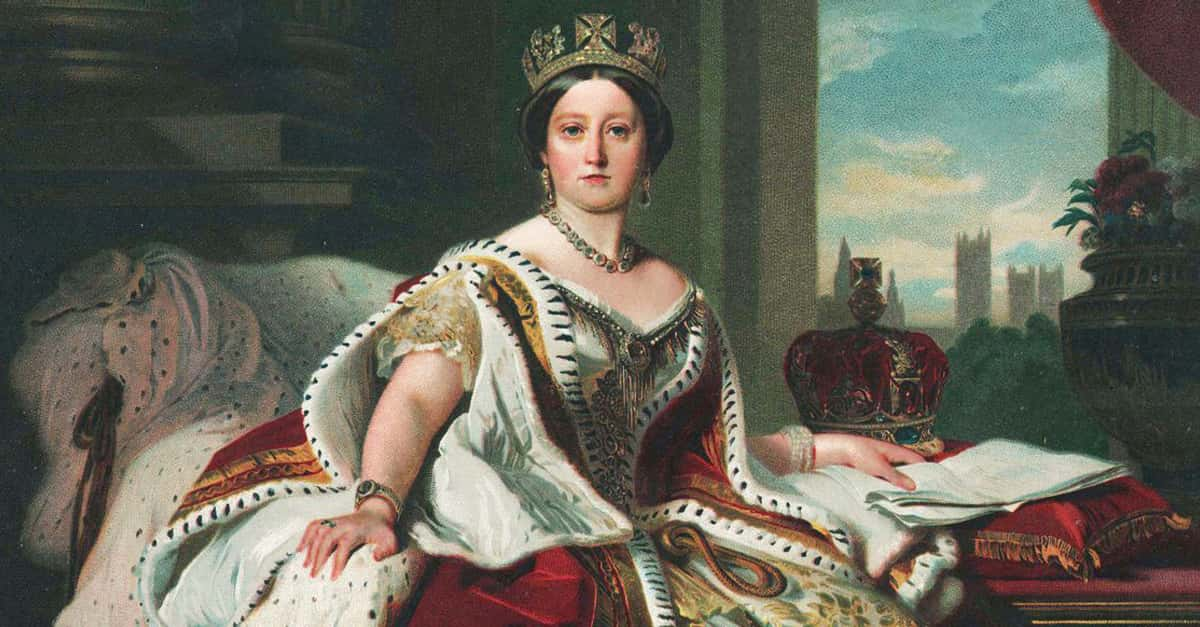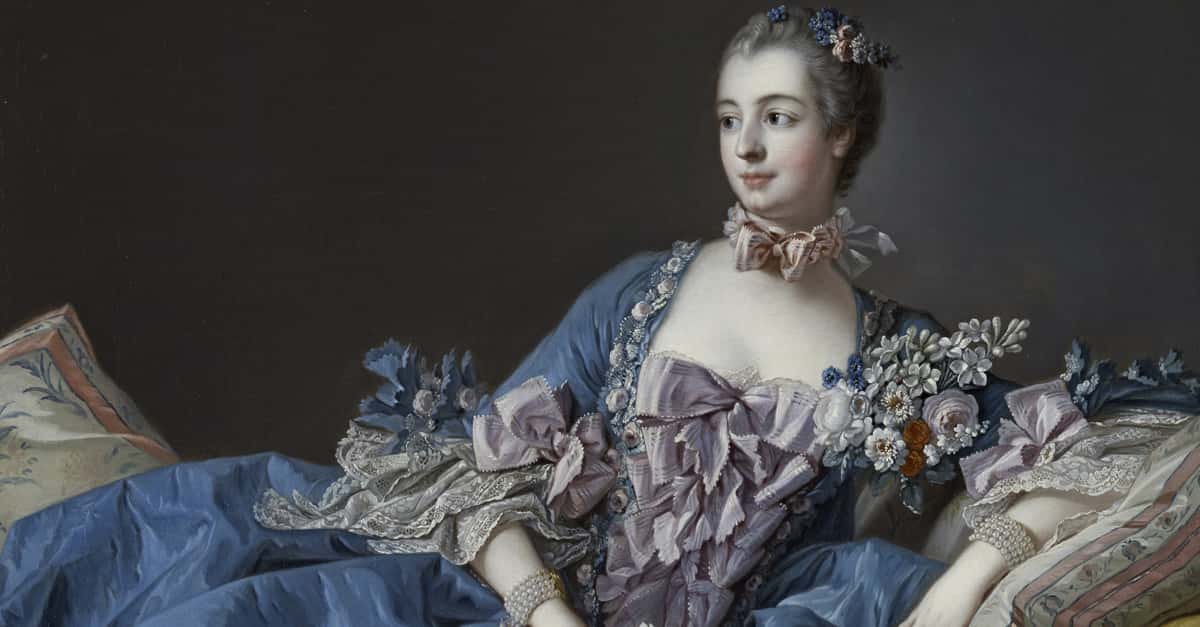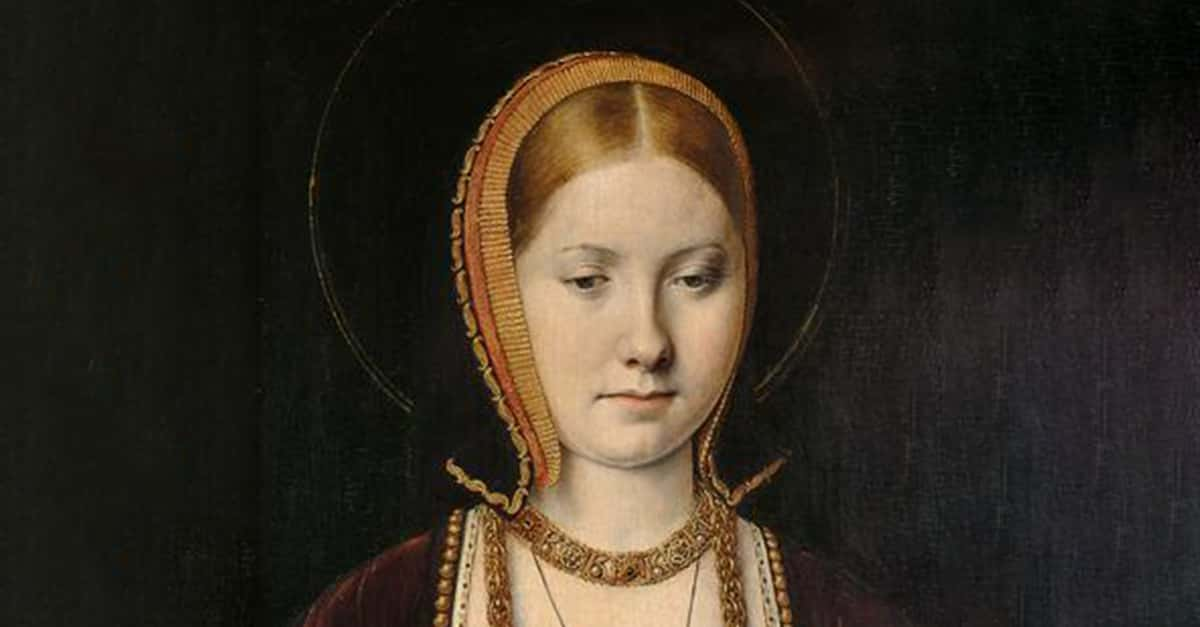The Princess With An Eye Patch
The first thing most people notice about Ana de Mendoza is her eye patch—an odd accessory, especially for Spanish nobility in the 1500s. However, a deeper look into her life reveals that her signature eye patch is among the least remarkable of her eccentric, and at times, dangerously rebellious traits.

1. She Was Born With It
Born in Spain in the 16th century, Ana de Mendoza likely grew up with all the luxuries life could afford. Her father, Diego Hurtado de Mendoza, held the titles of a duke, prince, and viceroy, affording the little girl both social status and wealth. But, unfortunately, all the riches in the world couldn’t shield her from her own father’s voracious carnal appetite.
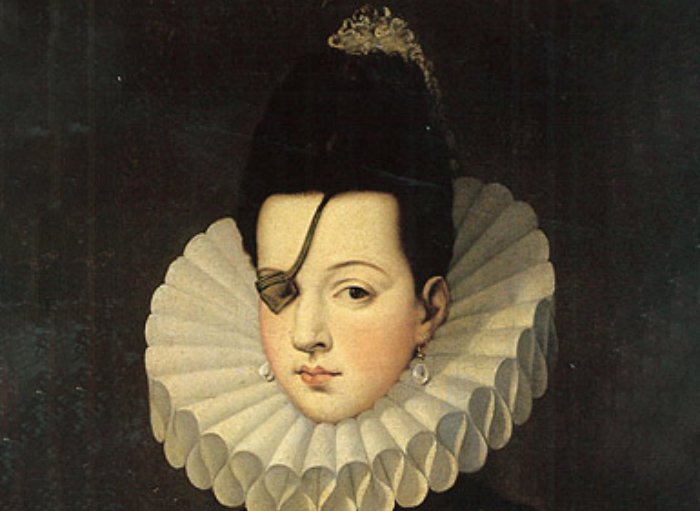 Unknown author, Wikimedia Commons
Unknown author, Wikimedia Commons
2. Her Father Was A Rolling Stone
Reportedly, Ana’s father really got around town. And by getting around town, I mean that he enjoyed the company of several women at a time, despite his wife and countess back at home. But perhaps that explains where Ana’s fighting spirit came from...
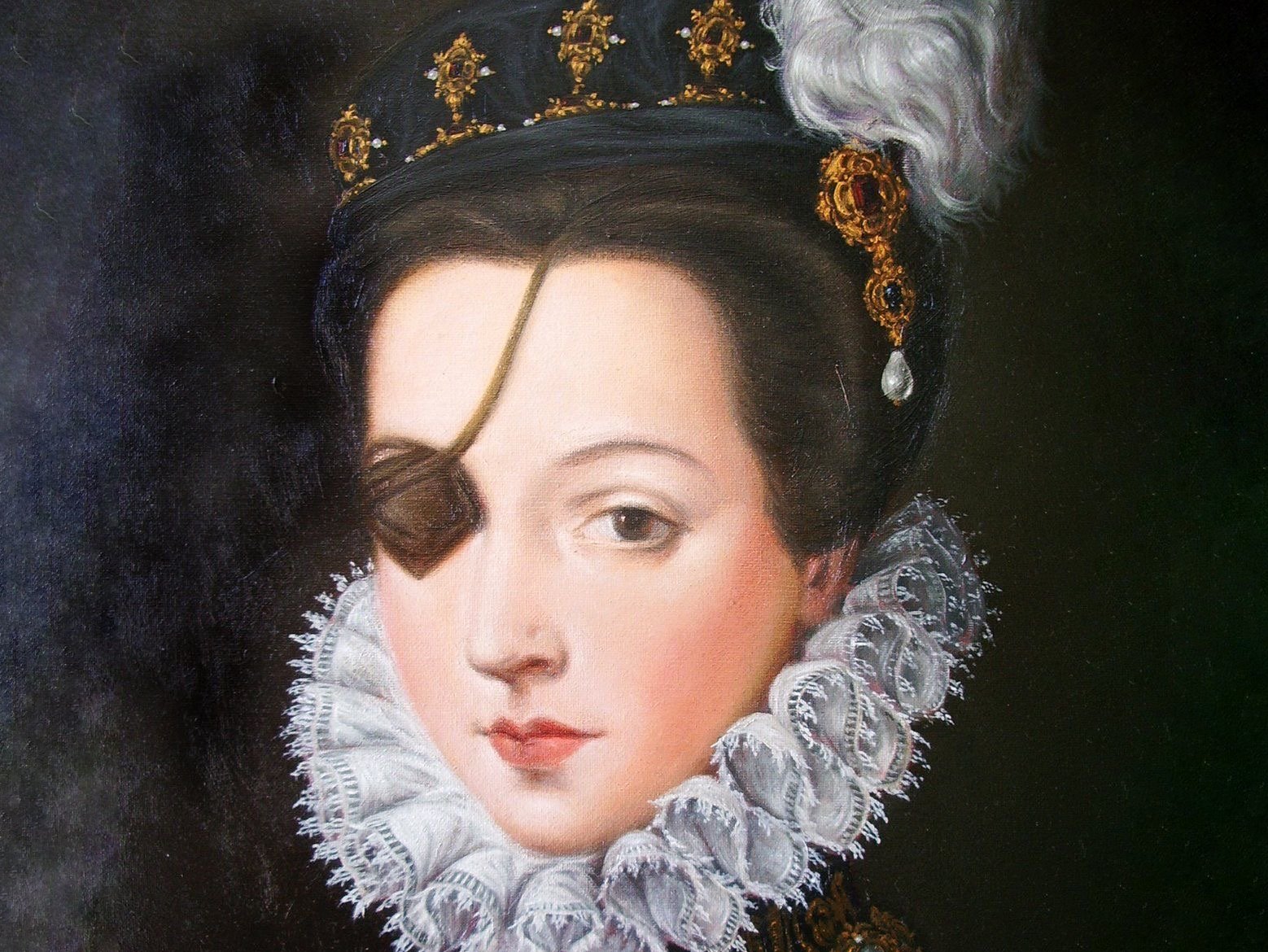 Unknown author, CC BY 3.0, Wikimedia Commons
Unknown author, CC BY 3.0, Wikimedia Commons
3. She Kept Them On Their Toes
While there’s not much information available about Ana’s childhood, the information that is available shares a common thread. No reports remember her as being well-behaved, dainty, or demure. Instead, they call her a bright child with a very strong will, which probably explains a supposed incident that became a defining part of her forever.
 Antena 3 Films, La princesa de Éboli (2010)
Antena 3 Films, La princesa de Éboli (2010)
4. She Dressed It Up
Right around preteen years, Ana de Mendoza started showing up in her portraits with an unusual accessory—a black eyepatch. From that point on, she always wore the eyepatch in her portraits, setting her apart from just about any other young noblewoman of the day. But she didn’t do it just for fun. According to speculation, it came from a rather gruesome encounter.
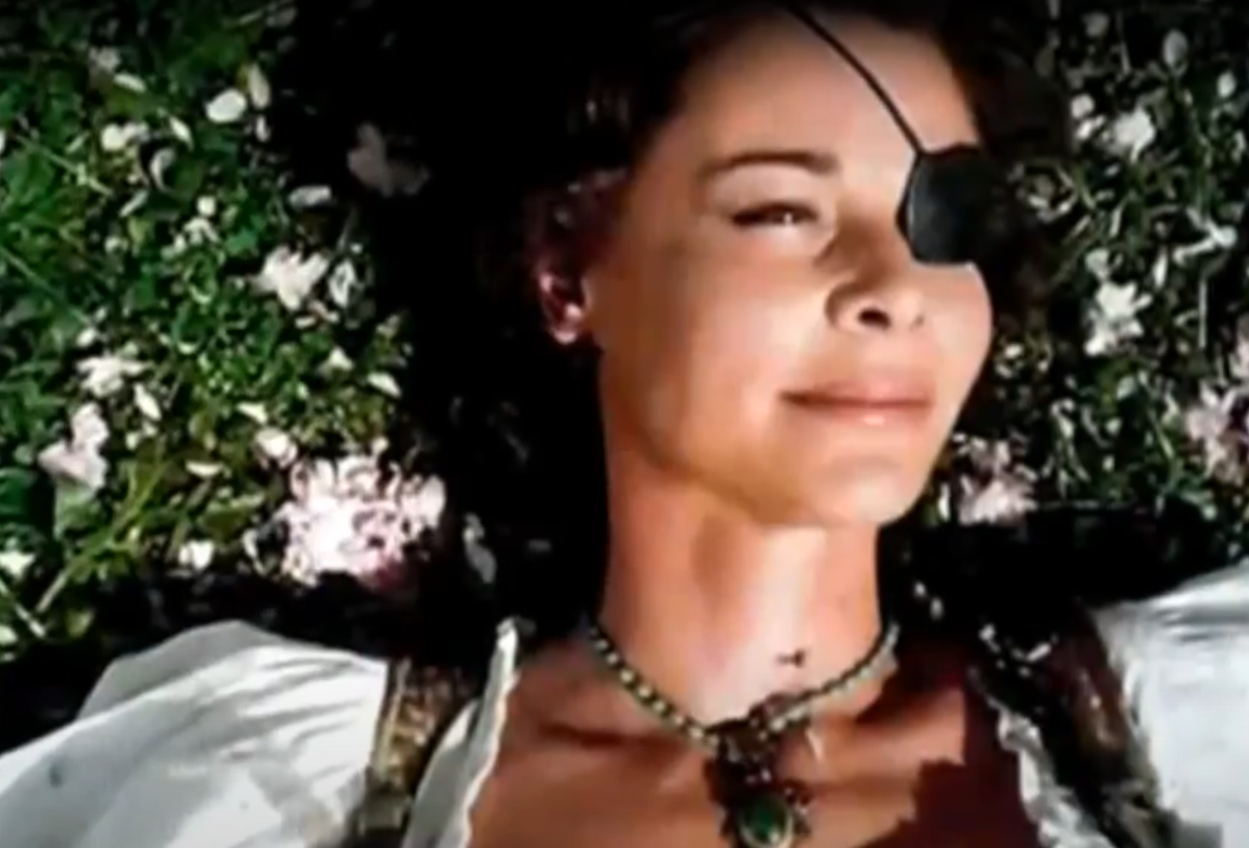 Antena 3 Films, La princesa de Éboli (2010)
Antena 3 Films, La princesa de Éboli (2010)
5. She Got Feisty
According to several accounts, Ana got into a bit of trouble while fencing, possibly with a servant. Supposedly, her opponent mistakenly damaged her eye, causing her to cover it up for aesthetic reasons. There’s no real evidence to support that theory, but that’s just the beginning of the great eye patch mystery.
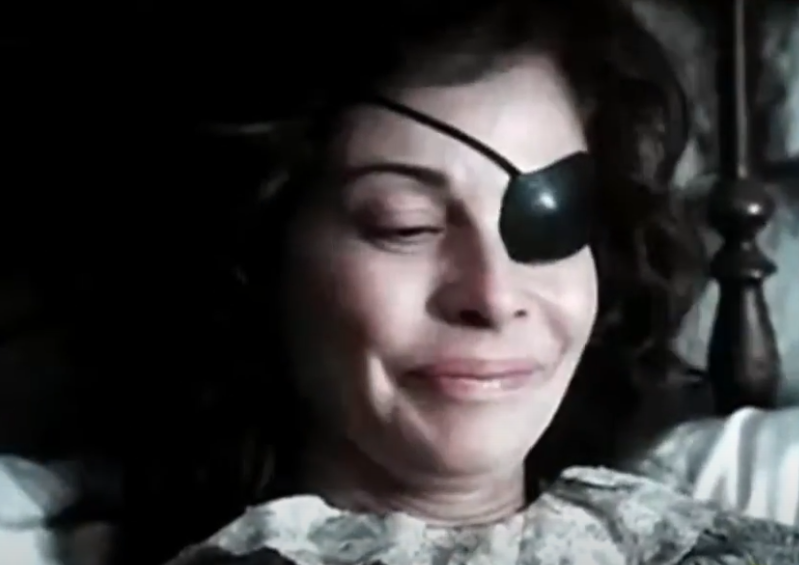 Antena 3 Films, La princesa de Éboli (2010)
Antena 3 Films, La princesa de Éboli (2010)
6. She Might Have Had An Accident
Per a very different theory, Ana damaged her eye all on her own. By that version of events, she ended up wearing the eyepatch as a result of a very bad fall off of one of her horses. Possible, I suppose, but there’s no evidence for that theory either. And eventually, her eyepatch raised enough curiosity to warrant major action.
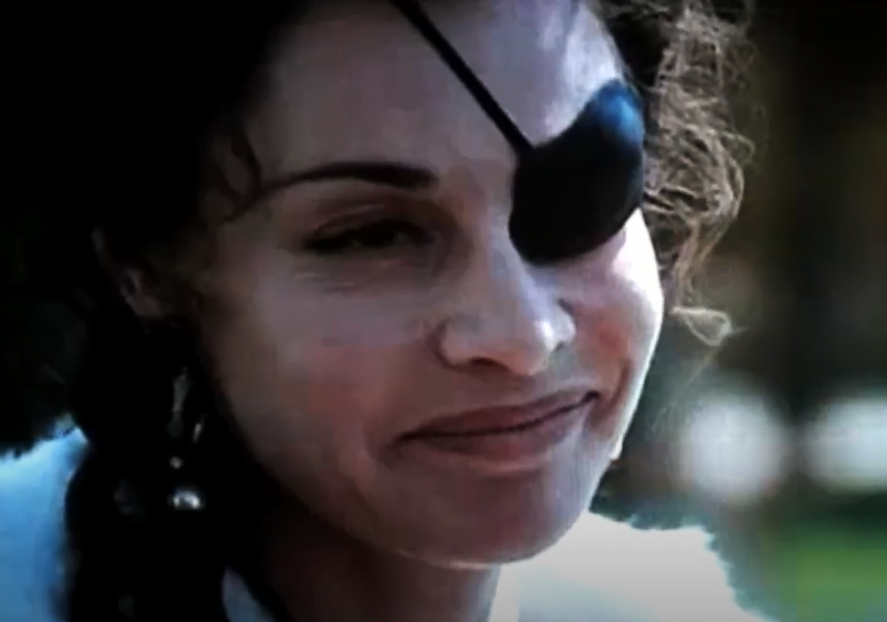 Antena 3 Films, La princesa de Éboli (2010)
Antena 3 Films, La princesa de Éboli (2010)
7. She Made Them Wonder
Ana de Mendoza’s eye patch proved so mysterious that it caused speculation for centuries after her life. So much so that in 2012, doctors launched an investigation to determine the reason for the eye patch by studying her portrait. They did as thorough a study of an ancient portrait of her as they could, and eventually came up with another theory.
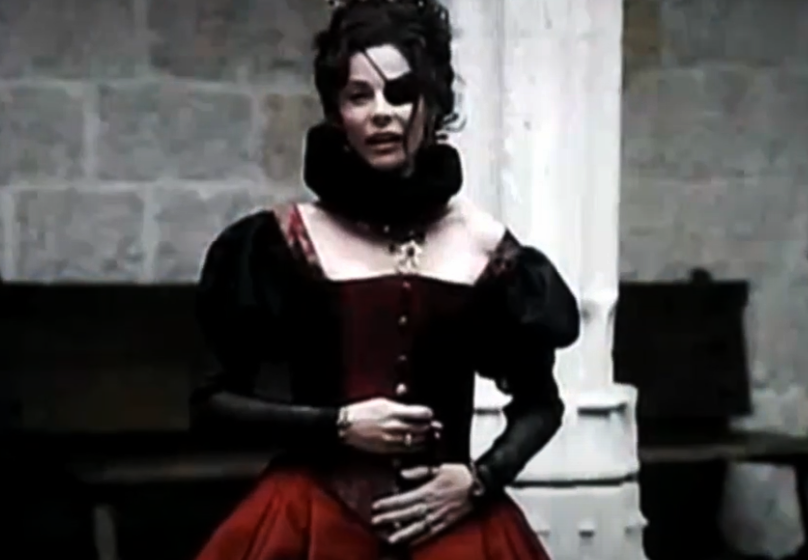 Antena 3 Films, La princesa de Éboli (2010)
Antena 3 Films, La princesa de Éboli (2010)
8. She Had A Cosmetic Issue
According to the doctors, Ana’s issues likely presented as more cosmetic than anything else. They said that while she probably didn’t have any actual eye issues, she likely experienced some trauma that made her eye look less appealing. Even so, they couldn’t really prove their theories.
Of course, there was another potential reason.
 Antena 3 Films, La princesa de Éboli (2010)
Antena 3 Films, La princesa de Éboli (2010)

History's most fascinating stories and darkest secrets, delivered to your inbox daily.
9. She Didn’t Like How She Looked
Some theories suggest Ana could've been born with the condition amblyopia. In layman's terms, that means she probably had a lazy eye. That wouldn’t be a good look for her in high society, which would explain her covering it up with an eye patch. Superficial, but totally understandable. All things considered, though, the girl had bigger problems to worry about.
 Antena 3 Films, La princesa de Éboli (2010)
Antena 3 Films, La princesa de Éboli (2010)
10. She Didn’t Have A Choice
Back in the 16th century, the daughters of noblemen often served as an asset to their families. Not in the way the men did, often inheriting titles and control of estates. Rather, noblemen often used their daughters to improve their social standing through marriage. That explains why the word of one important royal determined the entire course of young Ana’s life.
 Antena 3 Films, La princesa de Éboli (2010)
Antena 3 Films, La princesa de Éboli (2010)
11. He Changed Her Life
Ana de Mendoza’s family maintained a close relationship with the king of Spain at the time, King Philip II. As such, they took his recommendations for their family very seriously. It’s not clear whether Ana’s father actually asked the king to select a husband for his daughter, but he did—and his choice? Probably not what you’d choose for your 13-year-old daughter.
 Sofonisba Anguissola, Wikimedia Commons
Sofonisba Anguissola, Wikimedia Commons
12. She Grew Up Fast
The king recommended his personal secretary, a nobleman from Portugal named Rui Gomez da Silva. The kicker? Ana’s new husband was over two decades older than his new barely teenage wife. Honestly, I imagine the girl experienced some type of shock having to grow up so fast. Luckily for her, though, her parents issued one major stipulation.
 Cookie Torres, Wikimedia Commons
Cookie Torres, Wikimedia Commons
13. They Protected Her
Although Ana went through with the marriage at 13, her parents and their new son-in-law made an agreement. Ana remained at home for two more years before actually living with her husband. But when she did join her husband at court, she made a pretty surprising impression.
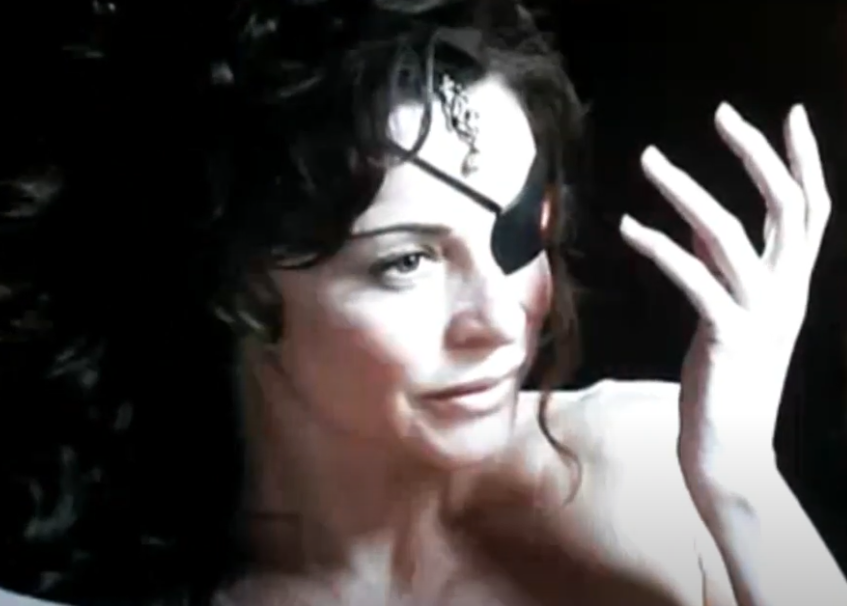 Antena 3 Films, La princesa de Éboli (2010)
Antena 3 Films, La princesa de Éboli (2010)
14. She Made A Splash
Now married to the king’s secretary, Ana became a steady fixture in the king’s court. Historians describe her as being as enigmatic as she was attractive, despite her ever-present eyepatch. She seemingly excelled in high society, and charmed all those she encountered, including those highest on the totem pole…
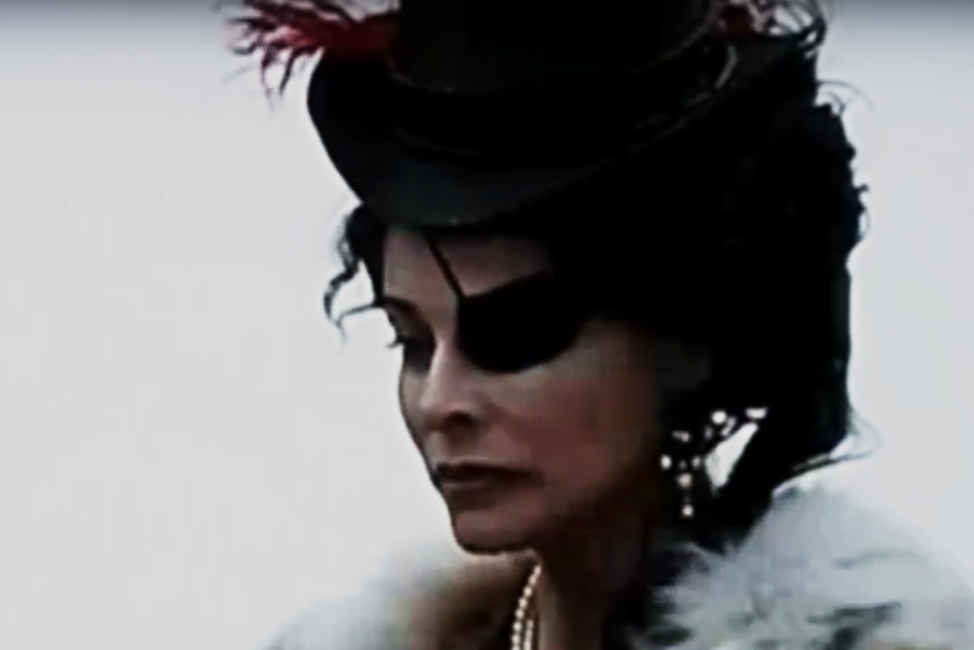 Antena 3 Films, La princesa de Éboli (2010)
Antena 3 Films, La princesa de Éboli (2010)
15. She Made Important Friends
Reportedly, Ana de Mendoza found herself becoming very close with both the king and his third wife, Queen Elisabeth of Valois, during her time in court. Perhaps the two ladies found a lot in common, considering Elizabeth married the King at 14 years old (by then, the King was nearly 40). But even so, some reports infer that Ana actually got a little too close to the King—if you know what I mean.
 Juan Pantoja de la Cruz, Wikimedia Commons
Juan Pantoja de la Cruz, Wikimedia Commons
16. She Got Around
According to some reports, Ana began an illicit affair with the king during this time. While these reports aren’t completely confirmed, there is a chance that they're true. The king had all the power and access he needed to get away with something like that. And we already know he didn’t have any issues with younger women. Either way, that didn’t keep Ana from her wifely duties.
 Antena 3 Films, La princesa de Éboli (2010)
Antena 3 Films, La princesa de Éboli (2010)
17. She Got Busy
While enjoying her life of luxury and high access at court, Ana managed to birth 10 children. She had her first at 18 years old, already five years into her marriage, and her last in her thirties. Having many children looked good on the part of a dutiful nobleman’s wife, but some speculate that things weren’t as perfect as they looked.
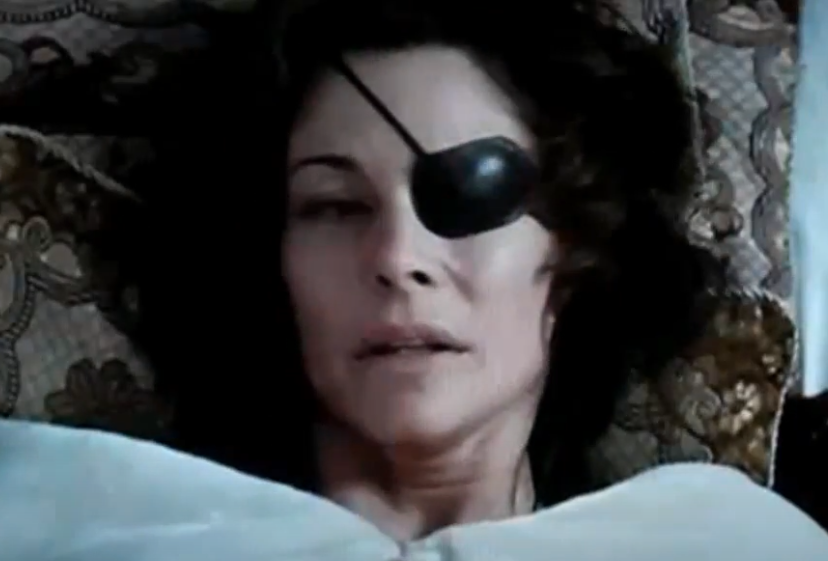 Antena 3 Films, La princesa de Éboli (2010)
Antena 3 Films, La princesa de Éboli (2010)
18. She Had Her Secrets
Some theories speculate that at least one of the 10 actually belonged to King Philip II, an unexpected outcome of his affair. That isn’t proven either—though honestly, it does seem possible. Perhaps, by now, you’re wondering what Ana’s husband thought of the rumors. Well, to be honest, it seems like he spent most of his time elsewhere.
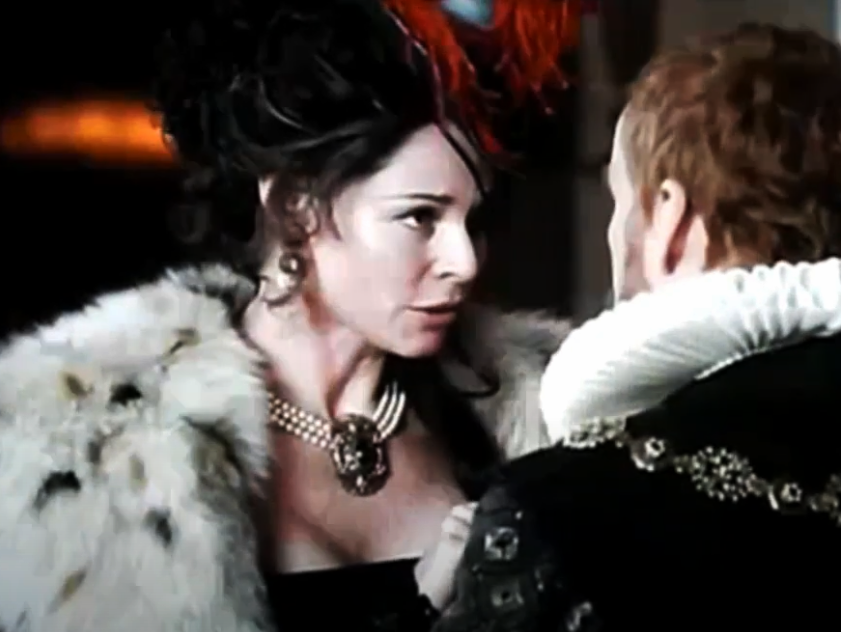 Antena 3 Films, La princesa de Éboli (2010)
Antena 3 Films, La princesa de Éboli (2010)
19. He Secured The Bag
While his wife frolicked at court, da Silva spent his time building wealth for his quickly growing family. In addition to his work for the king, he found an excellent way to climb the ladder. With his purchase of a town in Naples in the early 1570s, he launched himself and his wife into an even more prestigious position.
 Antena 3 Films, La princesa de Éboli (2010)
Antena 3 Films, La princesa de Éboli (2010)
20. He Gave Her The Princess Treatment
The king looked favorably on da Silva and his work (perhaps also because he looked a little too favorably on his wife). Either way, the king made da Silva a duke in 1572. This not only made Ana a duchess, but also made her the princess of a town in Naples. This likely gave her a nice boost to the ego—and just in time, too. Because life soon took a turn for the absolute worst.
 Antena 3 Films, La princesa de Éboli (2010)
Antena 3 Films, La princesa de Éboli (2010)
21. He Left Them
Around that time, Ana’s father finally flew the coop. Reportedly, his unfaithful ways continued even as she grew up, got married, and had her own kids. So around the time she became entrenched in life at court, her father took off with a mistress and left the family for good. Unfortunately for her, though, even more tragic events loomed on the horizon.
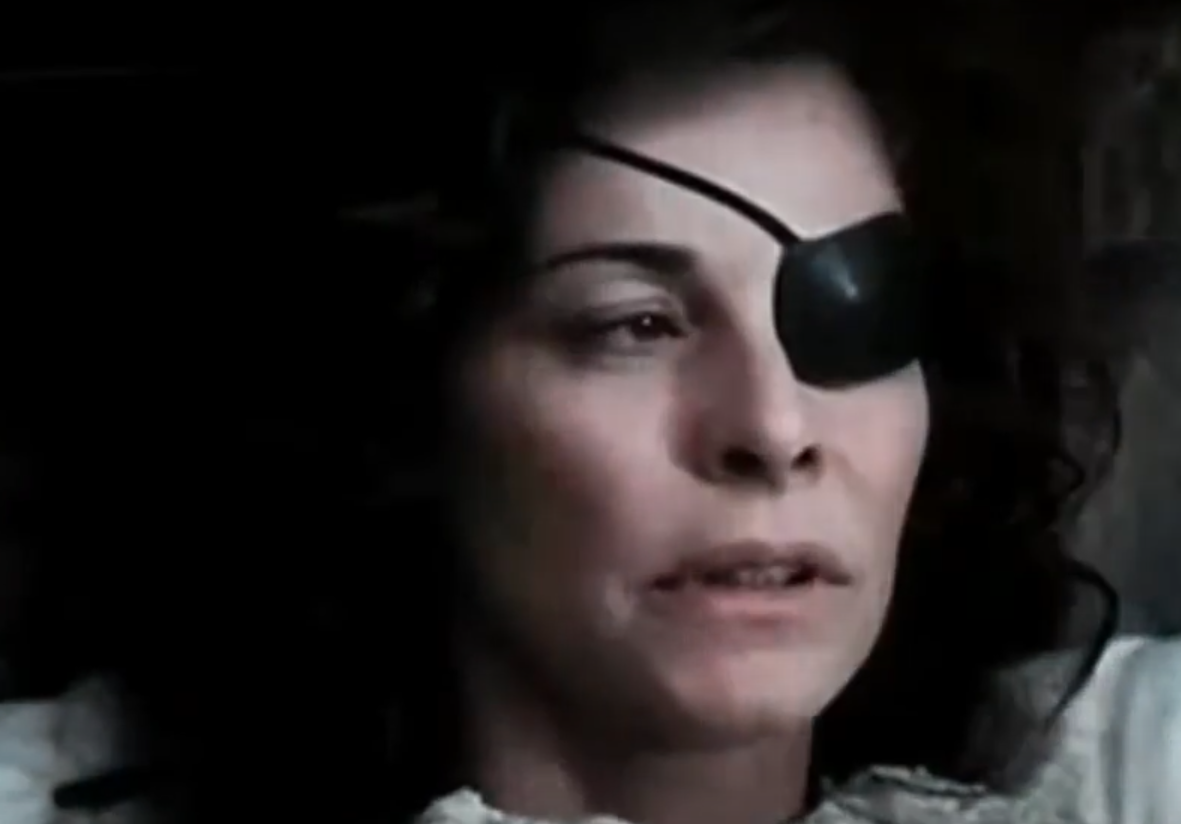 Antena 3 Films, La princesa de Éboli (2010)
Antena 3 Films, La princesa de Éboli (2010)
22. She Lost Him
Just a year after receiving his new title as Duke, Ana de Mendoza’s husband passed. There’s not much detail about how he passed, but it seems like it came somewhat suddenly. Ana plunged into the depths of grief, so much so that she just couldn’t continue living her life like she did before…
 Antena 3 Films, La princesa de Éboli (2010)
Antena 3 Films, La princesa de Éboli (2010)
23. She Ran Away
With her husband gone, Ana retreated to a convent. Her mother went with her, and they lived as nuns there for several years. Traditionally, life at a convent requires its participants to give up a life connected to worldly possessions. But considering Ana's life before that point, I’m sure you can already see all the ways that did not work for her.
 Antena 3 Films, La princesa de Éboli (2010)
Antena 3 Films, La princesa de Éboli (2010)
24. She Was Too Boujee
Ana didn’t exactly fit in at her new home. She made numerous demands during her time there, and the other sisters took to calling her “Princess nun”. That might sound endearing, but it seems they definitely meant it as an insult, and didn’t get along too well with their new “sister”. Things elsewhere didn’t look too inviting either.
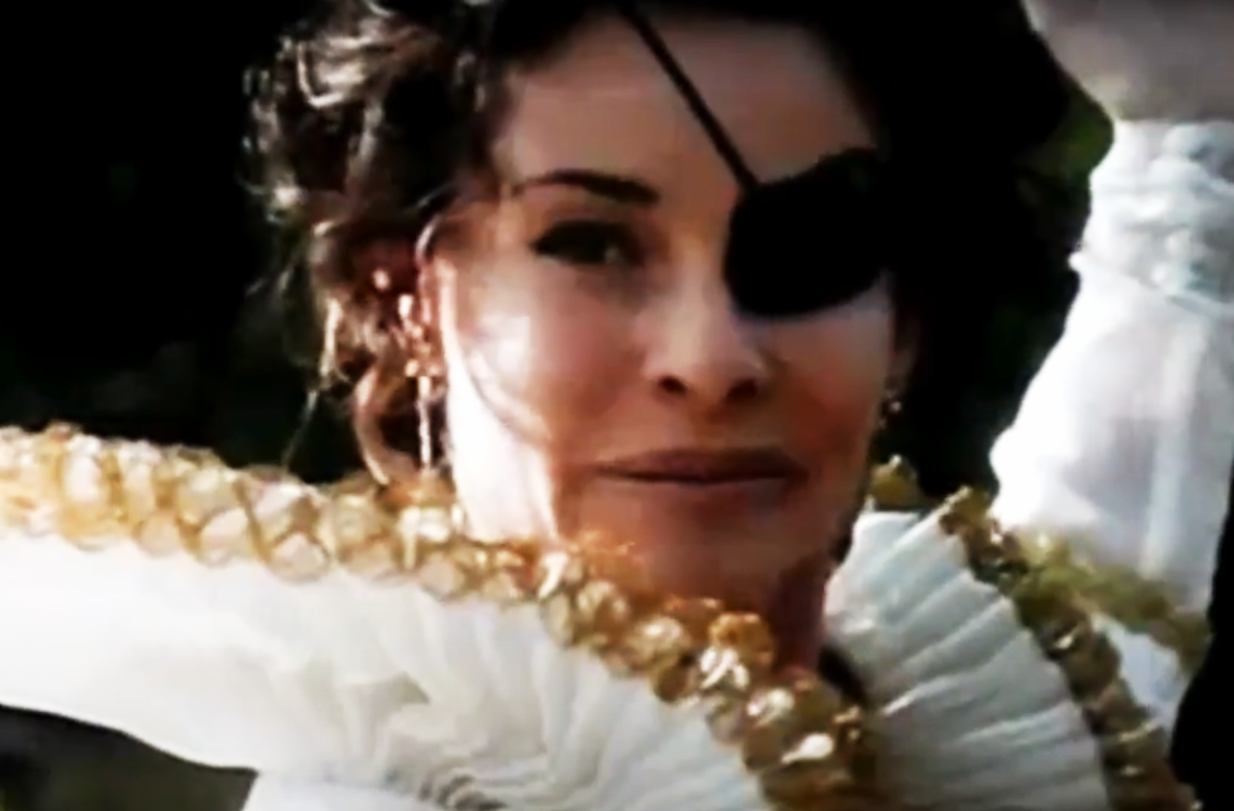 Antena 3 Films, La princesa de Éboli (2010)
Antena 3 Films, La princesa de Éboli (2010)
25. He Didn’t Want Her Back
After a few years, Ana decided she’d prefer to return to a life at court. But some bad news arrived from the kingdom—King Philip didn’t want her to come back. His reasons aren’t explicit—but unfortunately for him, he wouldn't be able to get rid of his ex-mistress that easily.
 Antena 3 Films, La princesa de Éboli (2010)
Antena 3 Films, La princesa de Éboli (2010)
26. She Left Her
Right around this time, Ana's mother passed. We can only imagine her grief, considering her mother remained close to her right through her time at the convent. But before she managed to grieve her mother properly, another loss dealt her an even more severe setback.
 Antena 3 Films, La princesa de Éboli (2010)
Antena 3 Films, La princesa de Éboli (2010)
27. He Left Her Scrambling
Just a short while after her mother passed, Ana's father passed as well. Granted, he’d basically already left the family years prior. But once he actually passed, he left a mess behind him. He’d actually married another woman, and even worse, left her pregnant. That put Ana's inheritance in danger.
All that considered, you can see why she proceeded without paying too much attention to the king’s wishes…
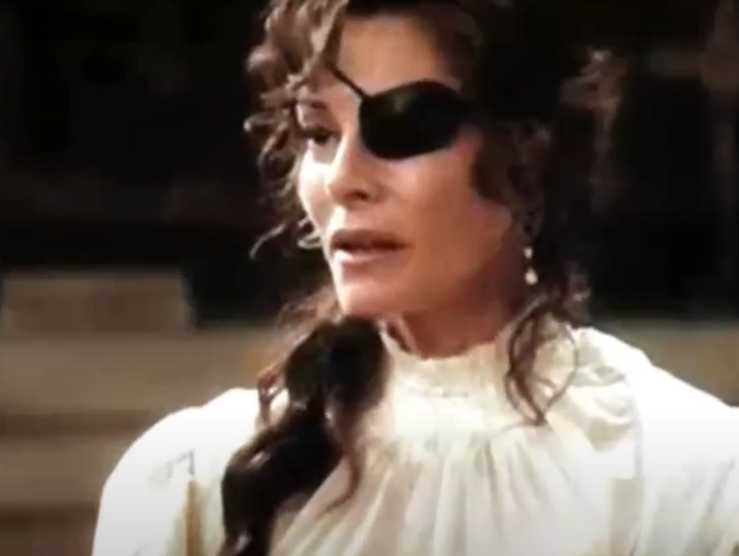 Antena 3 Films, La princesa de Éboli (2010)
Antena 3 Films, La princesa de Éboli (2010)
28. She Made New Connections
Ana de Mendoza built relationships with some very influential people. This included a correspondence with St Theresa of Avila, a religious icon well known for her more taboo, mystical beliefs. Even more than making new friends, Ana tried to establish herself as someone with strong opinions, no matter how people reacted.
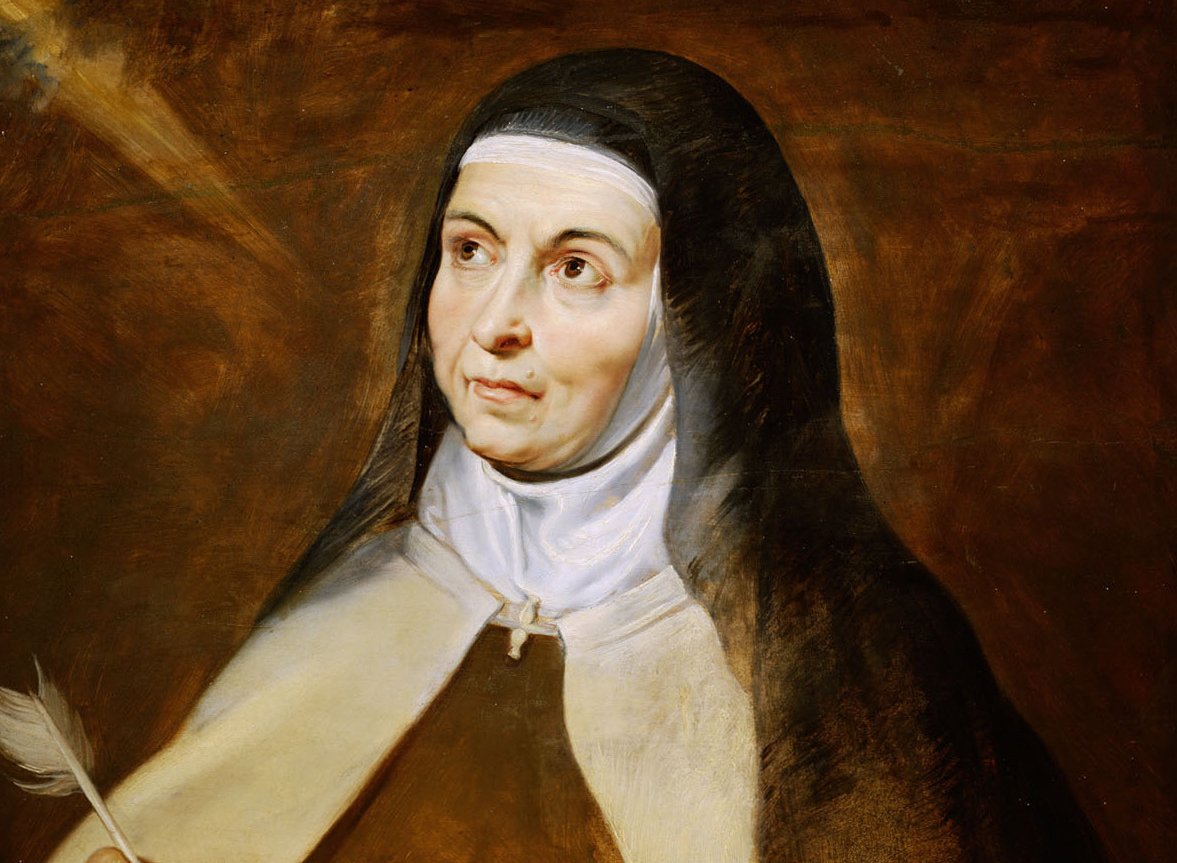 Peter Paul Rubens, Wikimedia Commons
Peter Paul Rubens, Wikimedia Commons
29. She Made A Scene
Not only did Ana return to the court despite the king’s displeasure with her, but she also started sharing her opinions with anyone who would listen. The details of her new opinions aren’t clear, but she commonly shared her updated views on politics and religion. Ana really knew how to rock the boat—and she continued to do so even behind closed doors.
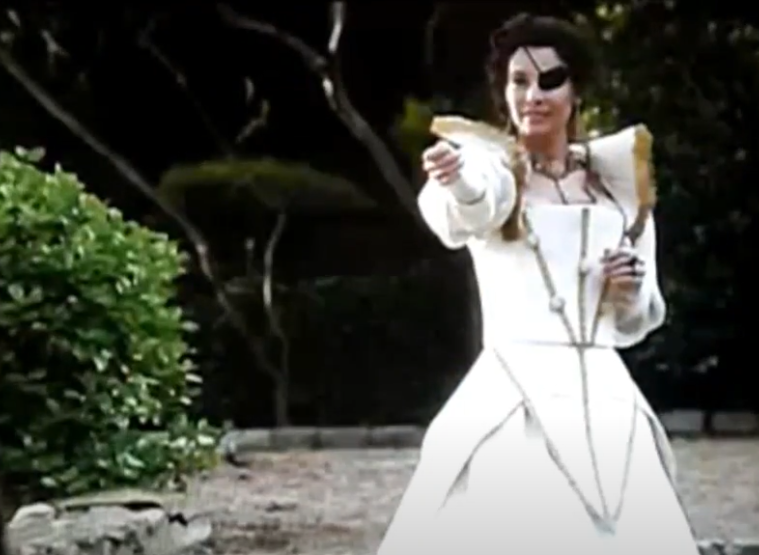 Antena 3 Films, La princesa de Éboli (2010)
Antena 3 Films, La princesa de Éboli (2010)
30. She Did It Again
Upon her return to court, Ana allegedly began another relationship with the king’s new secretary, Antonio Pérez. Historians seem to differ on the exact nature of their relationship. Some say all they had in common was political beliefs, but others allude to a romantic relationship between the two. And honestly, that seems a lot more likely, considering one other not-so-little detail.
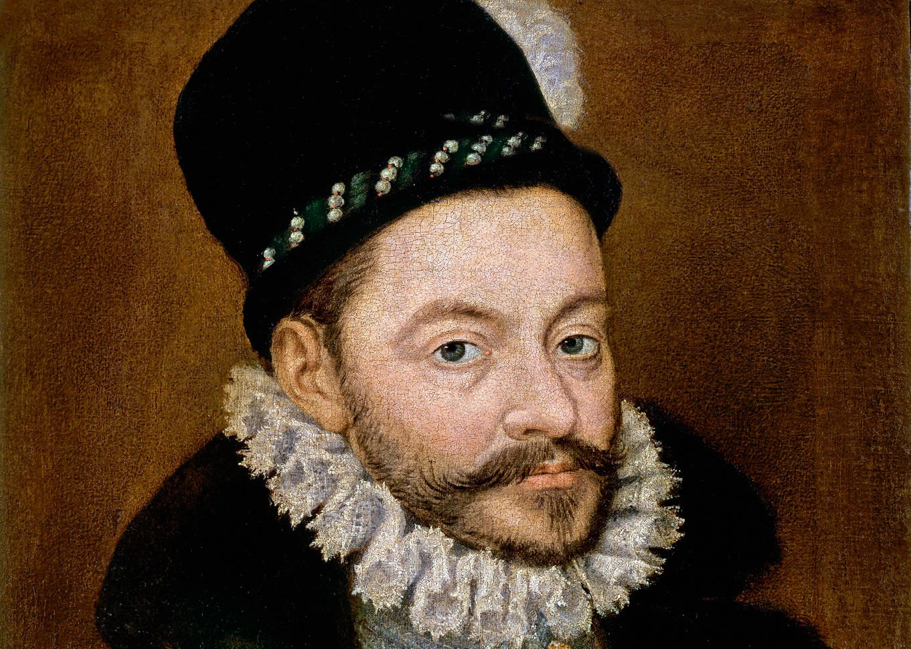 Alonso Sánchez Coello, Wikimedia Commons
Alonso Sánchez Coello, Wikimedia Commons
31. They Kept It On the Down-low
Ana de Mendoza and Antonio Pérez went to great lengths to keep their relationship a secret from the King. This likely took careful planning, considering Antonio's official role at court and the way Ana reportedly forced herself back into the company of royalty. But her luck at court finally ran out when she took things with her new man much too far.
 Antena 3 Films, La princesa de Éboli (2010)
Antena 3 Films, La princesa de Éboli (2010)
32. She Got Mixed Up With A Judas
The real issues started when Antonio got involved with the king’s half-brother, Don Juan, who wanted to revolt against his brother’s rule. Antonio offered to discuss with them both, to serve the king in ending the revolt. However, he actually became more of a double agent, using the opportunity to sell secrets to both sides. And how did Ana get involved, you ask?
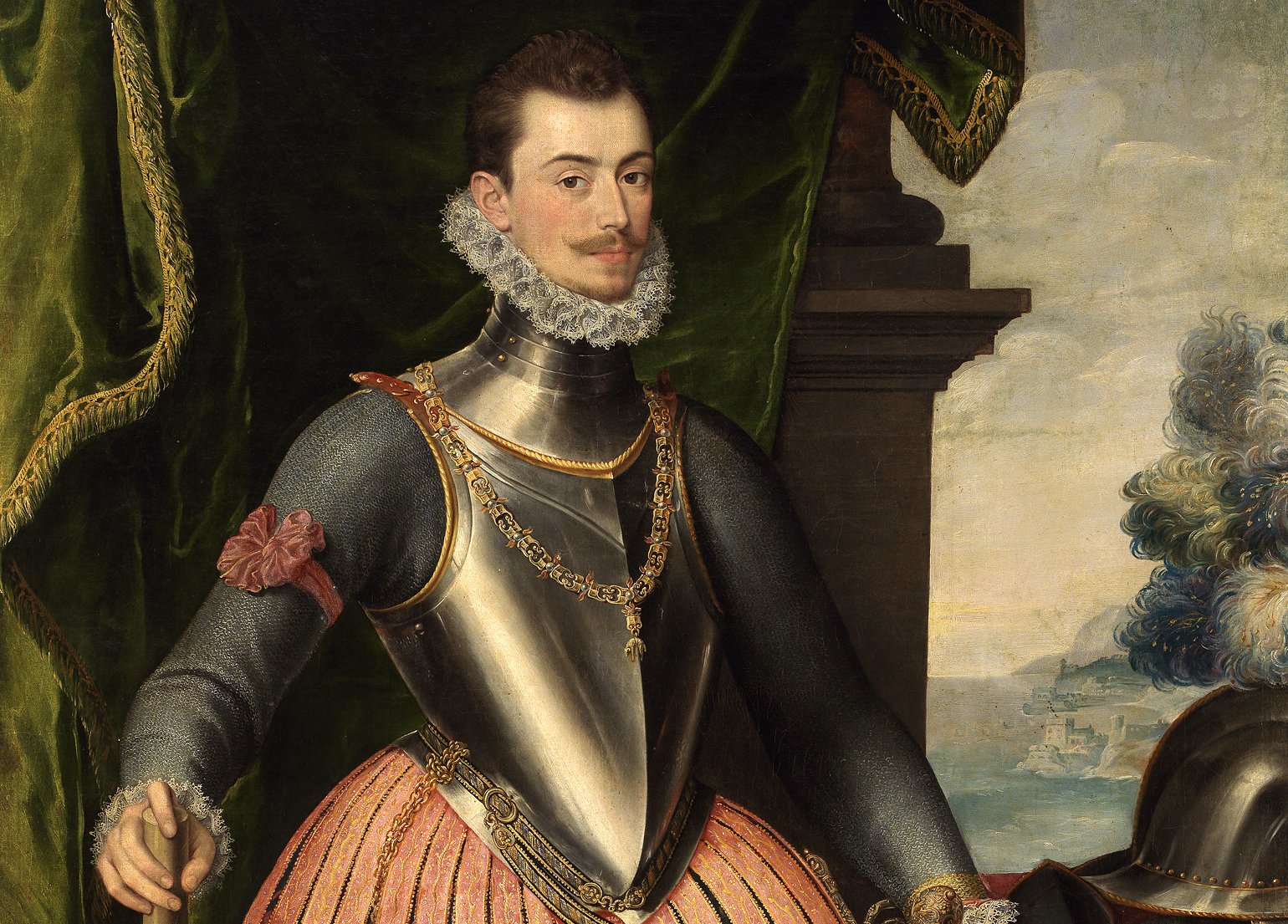 Juan Pantoja de la Cruz, Wikimedia Commons
Juan Pantoja de la Cruz, Wikimedia Commons
33. She Knew Everything
Due to her relations with Antonio, Ana seemingly knew all the details of his betrayal. Now whether this came from pillowtalk or Ana’s new political ideas, historians aren’t sure. But what is certain, is that Ana certainly took advantage of what she could get out of the situation.
 Antena 3 Films, La princesa de Éboli (2010)
Antena 3 Films, La princesa de Éboli (2010)
34. She Got Her Coin
Throughout Antonio Pérez’s treachery, he continued to visit Ana de Mendoza regularly. Even more than that, he brought her elaborate gifts, quite possibly using them to keep her quiet. Or perhaps Ana harbored even more lucrative hopes for the secret liaison.
 Antena 3 Films, La princesa de Éboli (2010)
Antena 3 Films, La princesa de Éboli (2010)
35. She Had Her Own Motives
According to some reports, Ana actually wanted to use Antonio’s connection to secure another connection for her daughter. By that theory, she wanted to marry off one of her daughters to one of the king’s rivals, possibly securing more wealth for herself. But Antonio and Ana's plans turned out not to be quite as airtight as they thought.
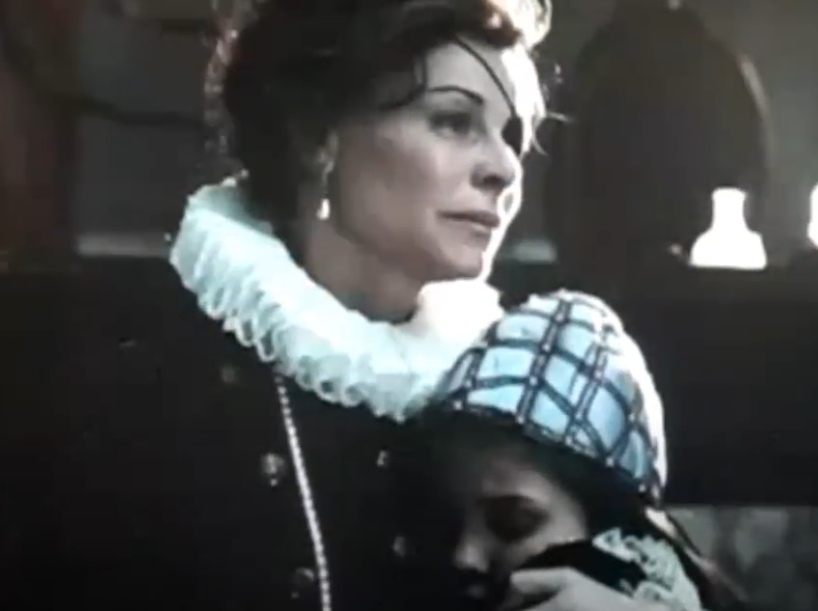 Antena 3 Films, La princesa de Éboli (2010)
Antena 3 Films, La princesa de Éboli (2010)
36. There Was A Snake In Their Garden
While Antonio and Ana carried on with their deceit, someone else started trying to get their own piece of the pie. Antonio worked with one of Don Juan’s secretaries, Juan de Escobedo, to help him pull off his scheme. But after a while, Escobedo discovered something that gave him the upper hand…
 Antena 3 Films, La princesa de Éboli (2010)
Antena 3 Films, La princesa de Éboli (2010)
37. The Secret Got Out
Escobedo discovered the truth about the secret relationship between Antonio and Ana, and the lengths they went to in order to keep it from the king. And with that, Escobedo threatened to pull the lid off the entire plot. Of course, Antonio and Ana couldn’t let that happen. But if you ask me, they responded a bit too drastically.
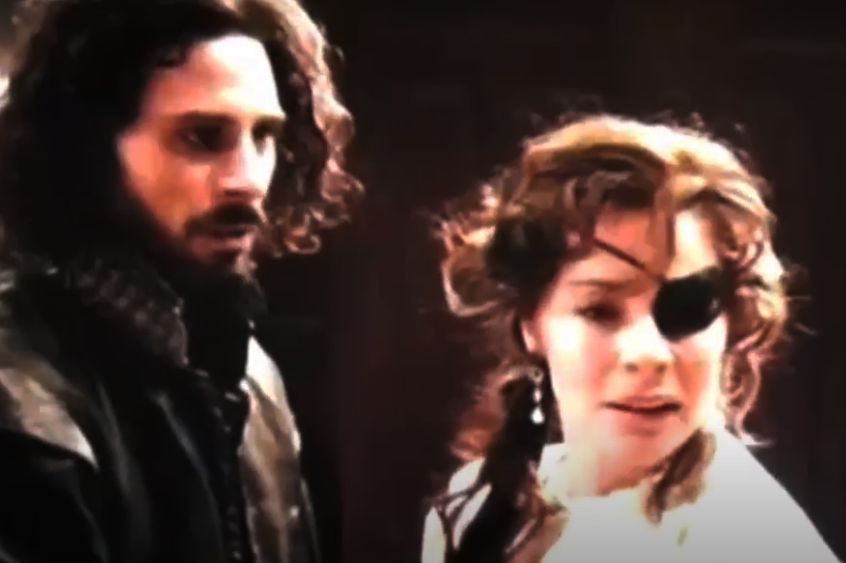 Antena 3 Films, La princesa de Éboli (2010)
Antena 3 Films, La princesa de Éboli (2010)
38. They Made A Lethal Plan
Allegedly, Antonio decided to take Escobedo out completely, ending his life to keep his own treachery under wraps. And while some reports allege Ana didn’t know about any of those plans, it’s hard to believe Antonio decided to start keeping secrets from her that late in the game. Either way, though, the plan totally went left.
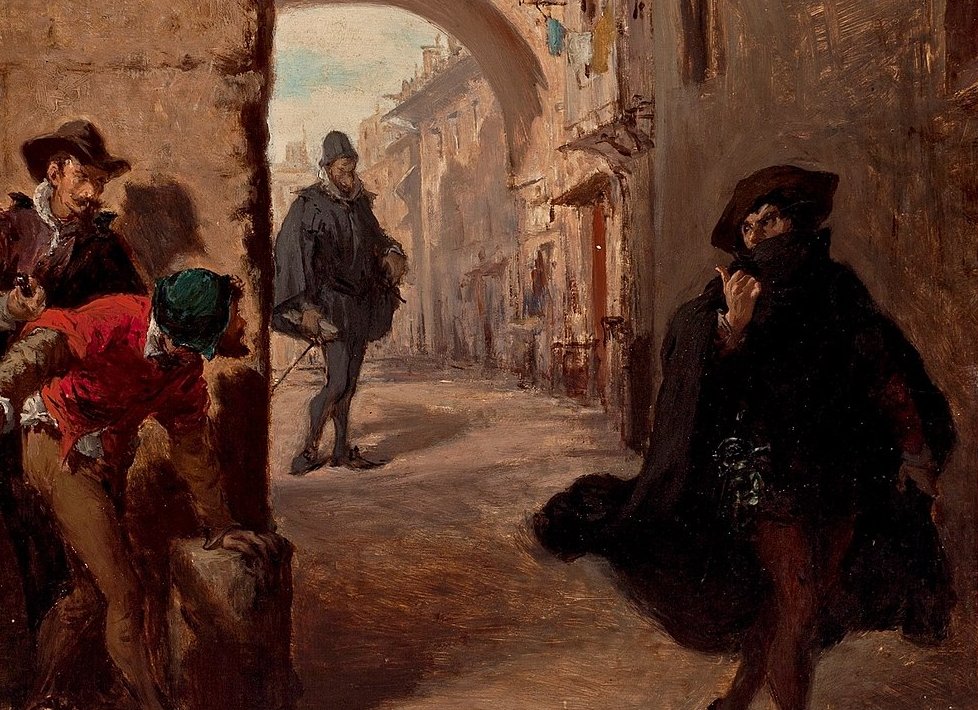 Lorenzo Vallés, Wikimedia Commons
Lorenzo Vallés, Wikimedia Commons
39. They Got Caught
Before Antonio got the chance to “handle” Escobedo, the king found out about both Antonio and Ana’s infractions and betrayal. At this point, you’d expect them both to receive the extent of the king’s wrath. But as luck would have it, Antonio and Ana each received very different punishments.
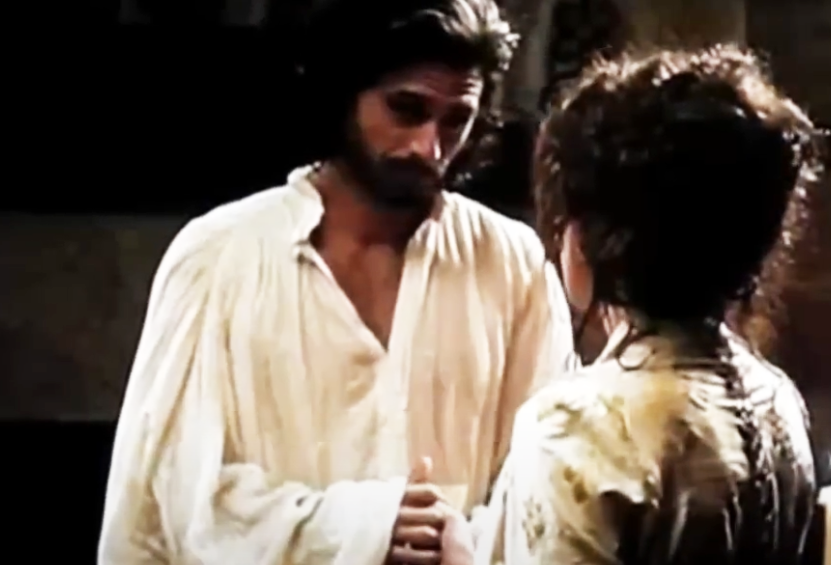 Antena 3 Films, La princesa de Éboli (2010)
Antena 3 Films, La princesa de Éboli (2010)
40. He Wiggled His Way Out
Following his initial arrest in 1579, Antonio Pérez managed to use the information he gathered to prolong his own sentencing. He held out by insisting he still had helpful information for the king to use, especially about Don Juan who'd wanted Philip's downfall. However, the king still kept a close eye on him.
 Ximeno, Alegre, Carmona., Wikimedia Commons
Ximeno, Alegre, Carmona., Wikimedia Commons
41. He Ended Up In Exile
Antonio's deceit would come back to haunt him years later. In 1587, he had to face the music. This time, an official accusation came his way: That he was indeed guilty of murdering Escobedo. Somehow, he eventually managed to slither out of this sticky situation in the 1590s, escaping to another city and living out his days in exile.
Ana de Mendoza, on the other hand, faced a far worse fate.
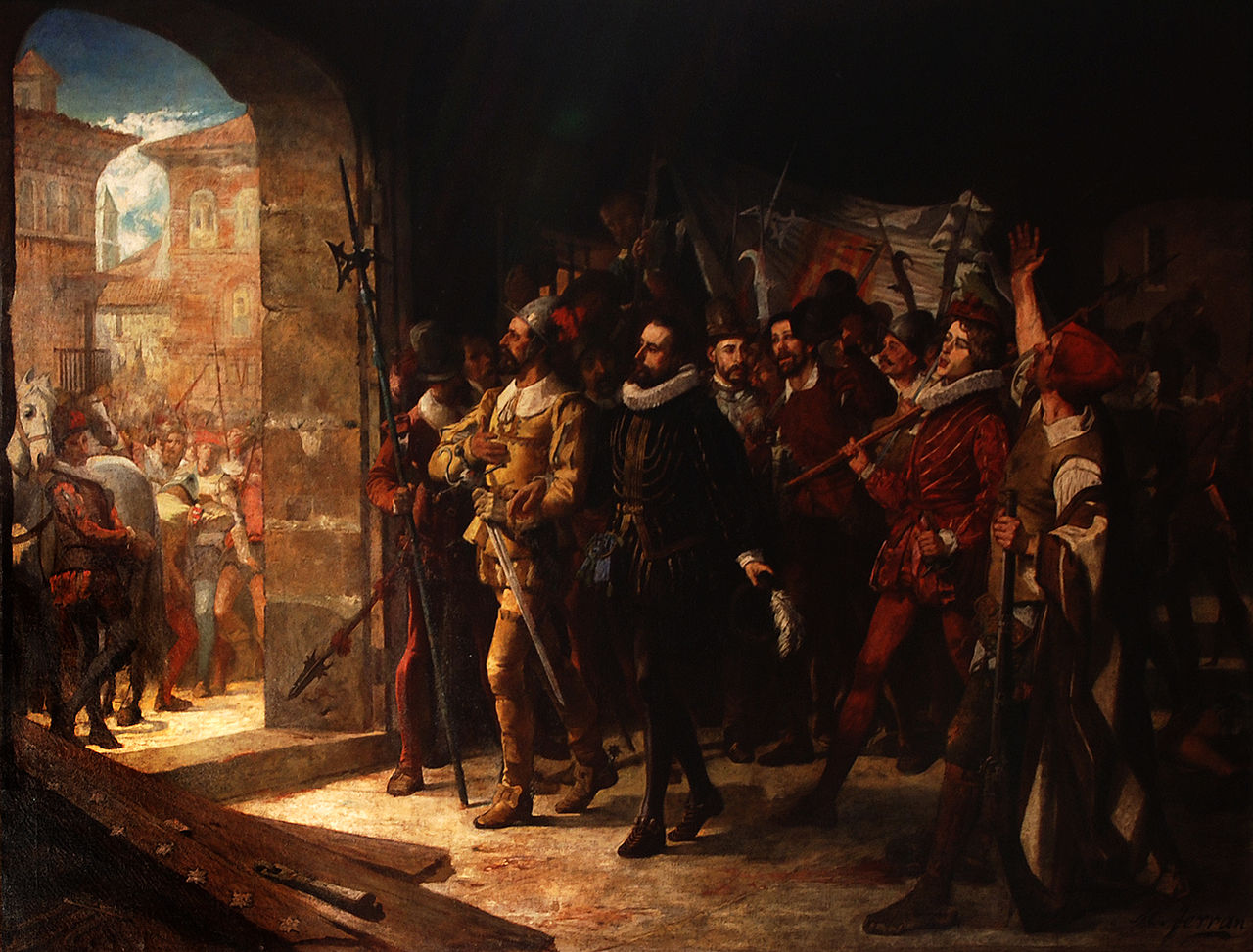 Manuel Ferran i Bayona, Wikimedia Commons
Manuel Ferran i Bayona, Wikimedia Commons
42. He Took Everything
The king dealt with Ana much more harshly than he did with his own Benedict Arnold of a secretary. For one thing, in 1582, he obliterated all of her pathways to gaining or retaining wealth. He took away her rights to gain wealth through her children, as well as took back any property she received after her husband’s passing. But that wasn’t all.
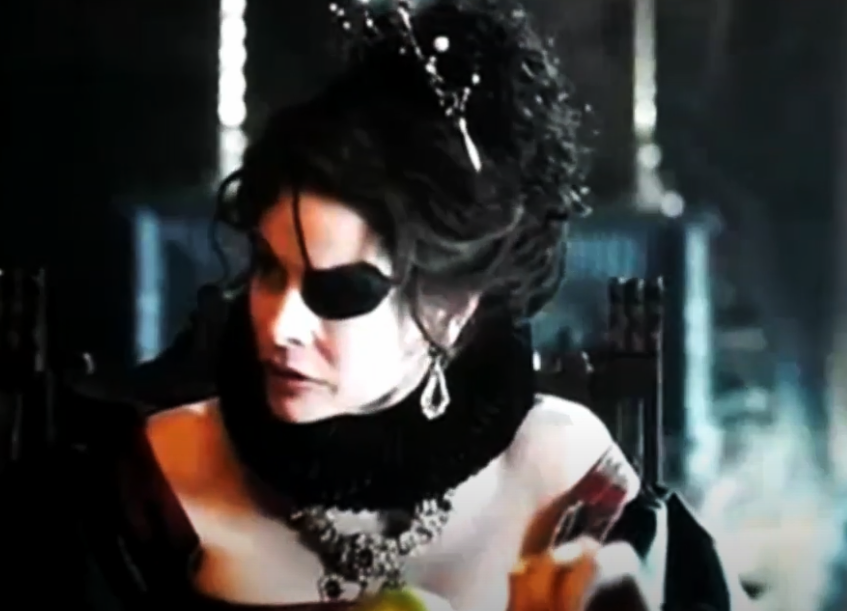 Antena 3 Films, La princesa de Éboli (2010)
Antena 3 Films, La princesa de Éboli (2010)
43. He Put Her Away
Even before that, the king had decided to lock Ana away. At first, he couldn’t seem to decide where he should put her. He sent her to the Tower of Pinto first, where she lived with other offenders. But before long, he sent her to another fortress in Madrid before he figured out where to leave her for good.
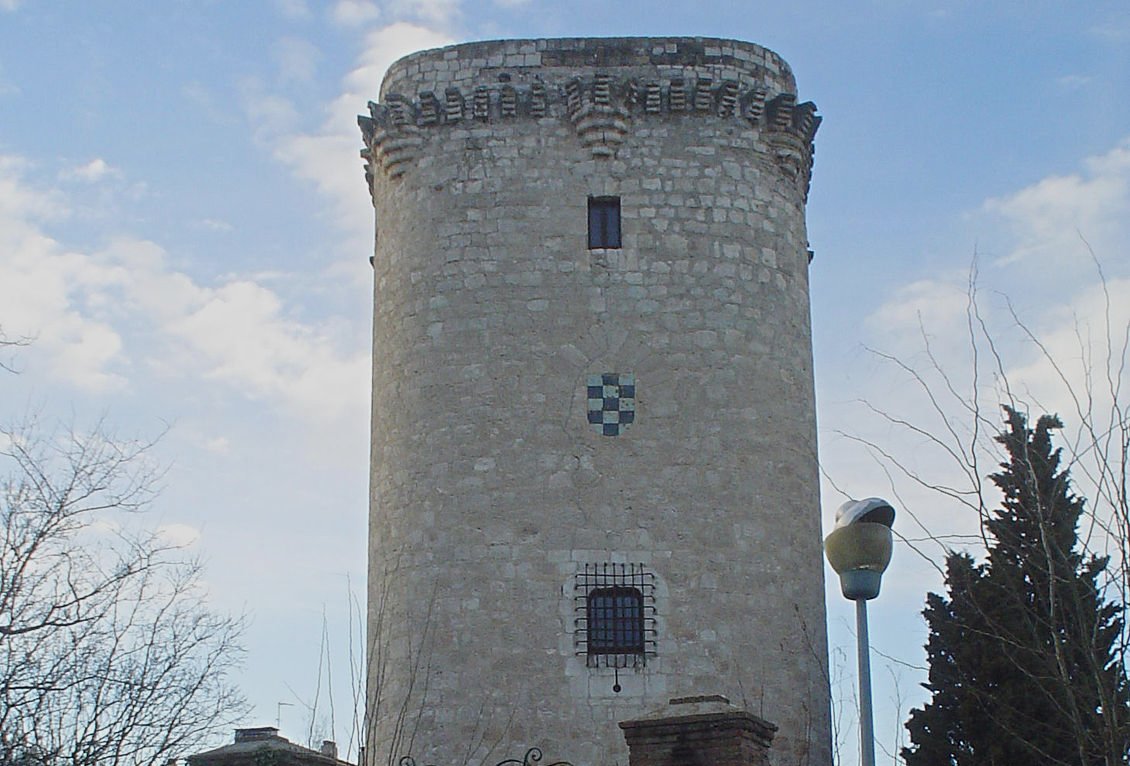 Seanver~commonswiki, CC BY-SA 3.0, Wikimedia Commons
Seanver~commonswiki, CC BY-SA 3.0, Wikimedia Commons
44. He Sent Her Home
Ultimately, the king permanently confined her to the Palace of Pastrana. Luckily for her, she didn’t end up in an actual jail with more dangerous roommates, but still. Considering her life of luxury, I can’t imagine she found her punishment enjoyable. And the king made sure to take his punishment the extra mile, too.
 Antena 3 Films, La princesa de Éboli (2010)
Antena 3 Films, La princesa de Éboli (2010)
45. He Made Her Suffer
The king didn’t just shut Ana away in the palace, he literally confined her to two connected rooms. And to make it even worse, he eventually commanded her windows boarded up so she’d experience the heights of isolation. And why so harsh, you may wonder?
 Antena 3 Films, La princesa de Éboli (2010)
Antena 3 Films, La princesa de Éboli (2010)
46. He Took It Personally
According to some reports, the king took Ana’s betrayal more personally because of their previous love affair. Supposedly, he burned with jealousy at the thought of Ana being with Antonio, and punished her accordingly. Whether or not that’s actually the case, she never seemed sorry for anything she did.
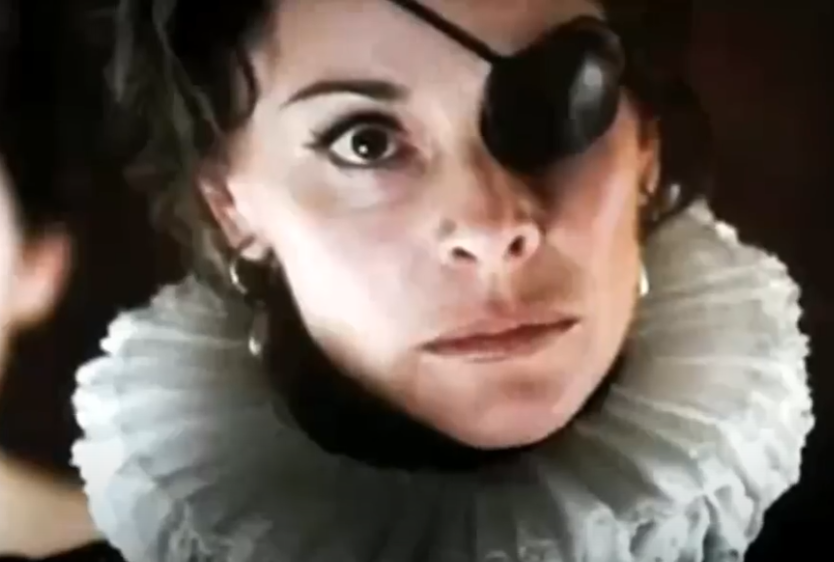 Antena 3 Films, La princesa de Éboli (2010)
Antena 3 Films, La princesa de Éboli (2010)
47. She Went Down Swinging
There are a few reports that seem to indicate the king didn’t hold as much of a grudge against Ana as it seems, at the beginning anyway. But supposedly, she remained a pain in the king’s side to the very end, refusing to submit to him. Even so, though, she eventually saw a very sad and lonely end.
 Antena 3 Films, La princesa de Éboli (2010)
Antena 3 Films, La princesa de Éboli (2010)
48. She Ran Out Of Luck
Ana de Mendoza never redeemed herself. She remained locked away in the palace for over a decade. As the years went by, she became sick, and even worse than that, fell into depression. In 1592, she finally passed, her life ending in a most gray state. But even with her life on earth over, her story didn’t exactly end there.
 Antena 3 Films, La princesa de Éboli (2010)
Antena 3 Films, La princesa de Éboli (2010)
49. They Brought Her Back
Decades after her passing, Ana came back in the form of a fictional character inspired by her life. Her character arose in both a play, and the novel That Lady by Katie O'Brien. Understandably, these versions of Ana leaned into a lot of legend. And as such, her story didn’t end on the page either.
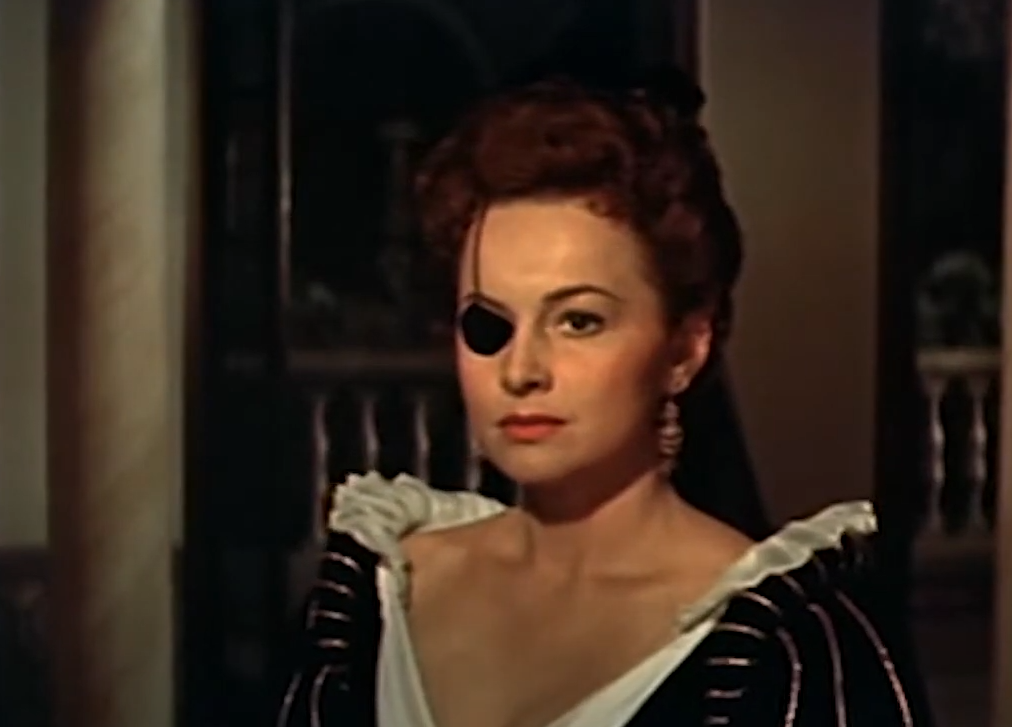 Atalanta Film, That Lady (1955)
Atalanta Film, That Lady (1955)
50. She Made It To The Screen
O’Brien’s novel inspired a film adaptation in the 1950s that officially brought Ana de Mendoza’s story to the screen. Decades later, her story came back again in other films and television episodes. So while her life ended far from how she hoped, her life remains the subject of intrigue—which all things considered, I think she'd be proud of.
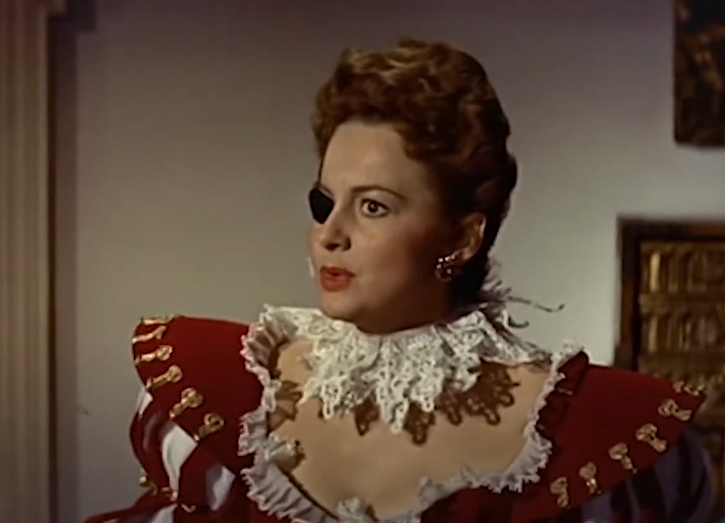 Atalanta Film, That Lady (1955)
Atalanta Film, That Lady (1955)


